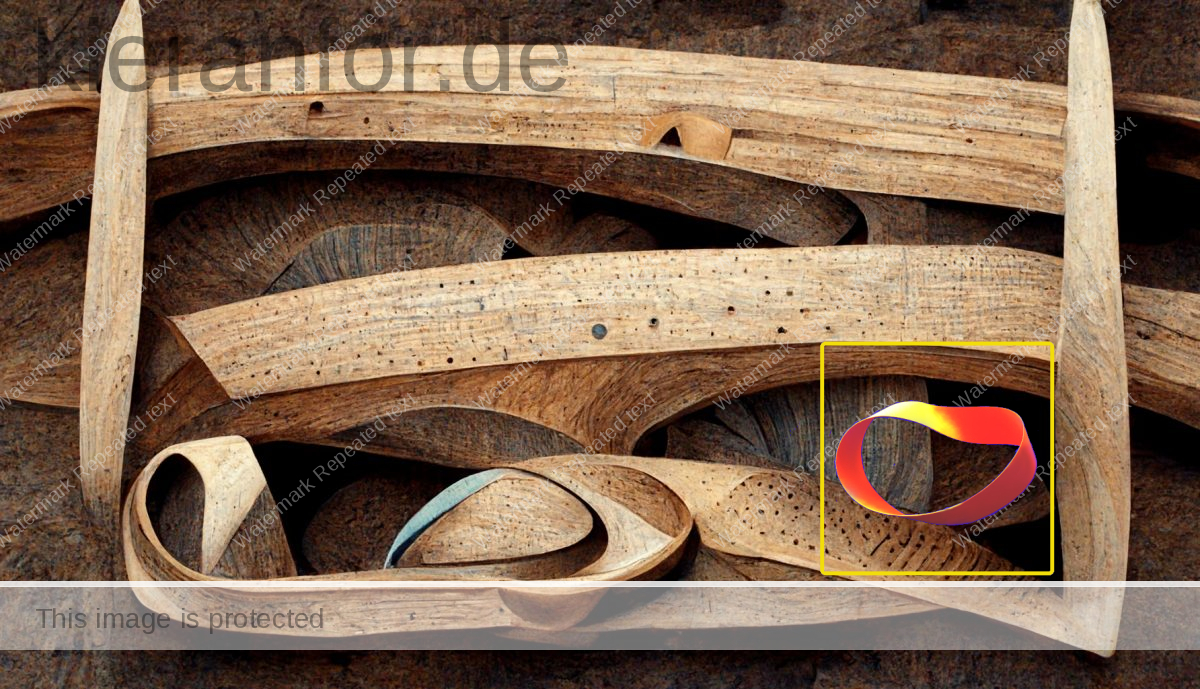Header image: ﻼF in Midjourney
Petrina, S. (2003). The Educational Technology is Technology Education Manifesto. Journal of Technology Education, 15(1), 64–74. DOI: http://doi.org/10.21061/jte.v15i1.a.5
Ed Tech (ET) is Tech Ed (TE)
- Must the International Technology Education Association (ITEA) and the International Society for Technology in Education (ISTE) continue attempts to fool the masses?
- In the beginning, we can all confess, there was industrial education (IE) and audiovisual education (AV).
- IE, a legitimate school subject by the 1920s, was formed out of a concern for the working classes and the new industrial technologies. [mostly boys in those days]
- AV, a legitimate teacher education subject by the 1920s, was formed out of the new mass communication technologies in education, namely cinema and radio. [mostly women in those days]
- Note that IE was a subject with school workshops dedicated to instruction and AV was a subject with university laboratories dedicated to instruction.
- The disciplines of technology education and educational technology were born at this time and matured throughout the 1960s.
- Note that in the late 1960s and 1970s, IE was a subject with school electronics laboratories and workshops dedicated to instruction and ET was a university subject with a number of television studios in the schools for programming and production
- The microcomputer innovations of the late 1970s and 1980s changed all of this.
- The operative word was no longer computer; the operative word was technology. The digital technology revolution, marked by convergences, altered the identities of IE and AV for good.
- During this time, educational technologists became technology educators as they shifted their interests from AV to computer literacy in the schools.
- The courses in computer science were generally taught by business, electronics and math teachers who privileged the use and programming of computers over its cultural aspects – they privileged applications over implications.
- During this time, industrial educators became technology educators as they shifted their interests from industry to technological literacy in the schools.
- But for many IE come TE teachers, the ET come TE teachers usurped their enrollments and jurisdiction. Many IE come TE teachers lamented the increasing conflation of technology with computers and argued, ad nauseum, that technology was not just computers.

- We could actually say that [Seymour] Papert single-handedly brought TE and ET together during the mid 1980s.
- In their philosophy of “constructionism,” the Media Lab integrated motor skill manipulation with cognitive manipulation, design and building with computers. Of course, what they did was effectively merge TE with ET.
- by the early to mid 1990s: the practice in computer science, or computer studies, in the schools was changed to information technology – Information technology (IT), or information and communication technology (ICT), is the name of the game today.
- SINCE then, Both TE and ET have shifted from a discourse of use and utility (i.e., technology is a tool to be used) to a discourse of engagement (i.e., technology is a subject to be studied).
Granted, ET may be a subset of TE
- In teacher education, TE educators are ET educators, or instructional designers as well. Any boundaries that once existed between TE and ET have eroded in the universities as well as the schools.
- Long ago, Max Weber noticed that bureaucracies, such as professional associations, often exist to justify their own existence
- ET is TE. Ed Tech is Tech Ed. We are technology teachers, in one, big unhappy family of technology studies (Petrina, 2003).

